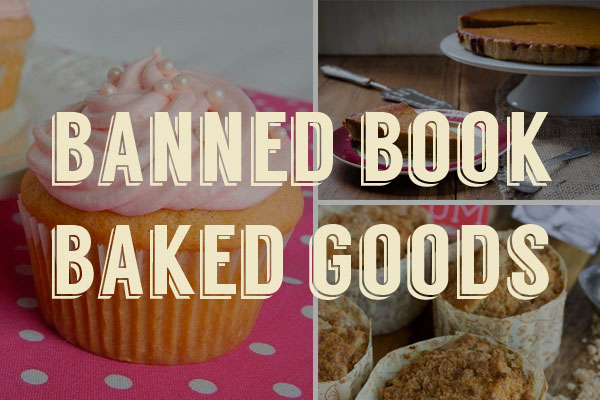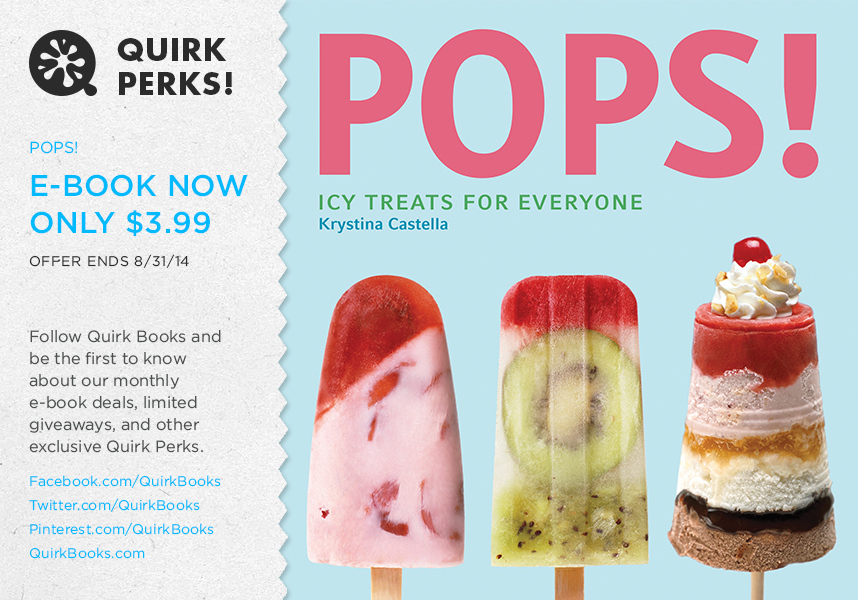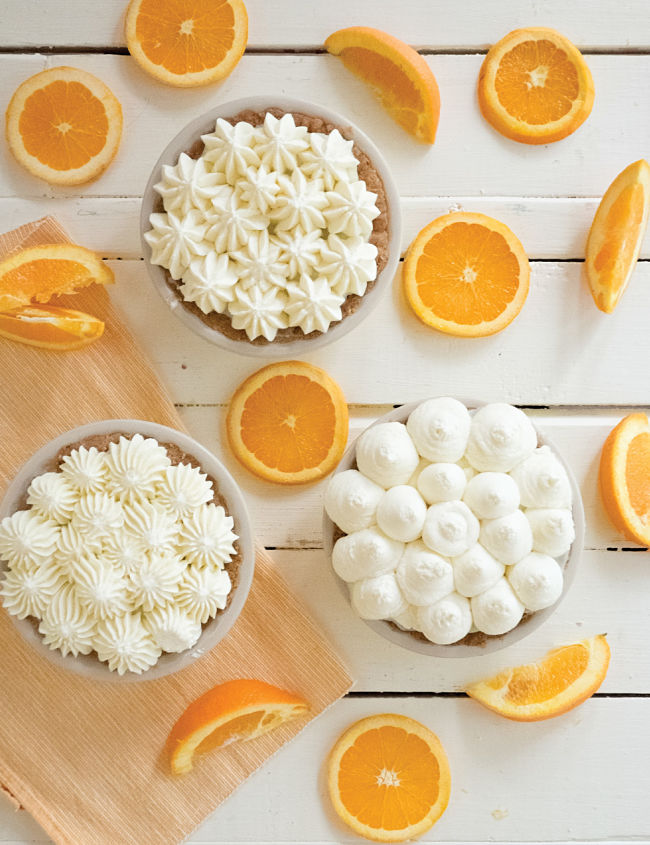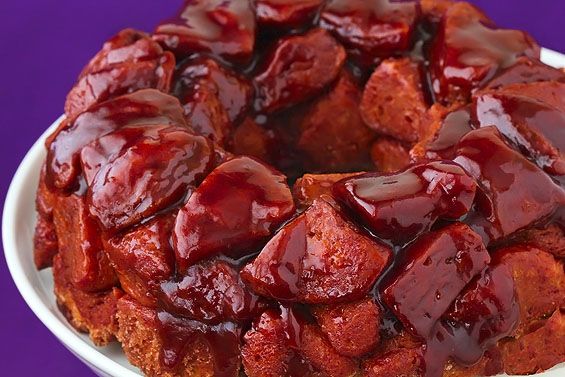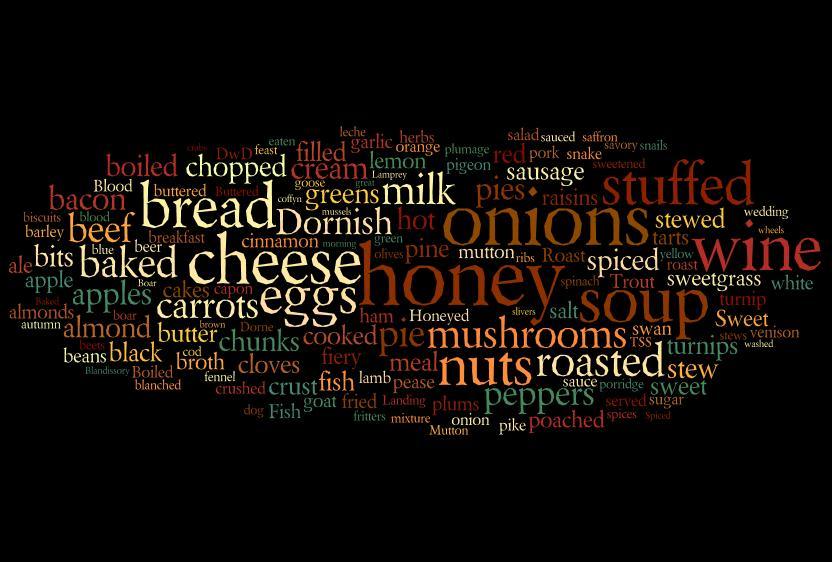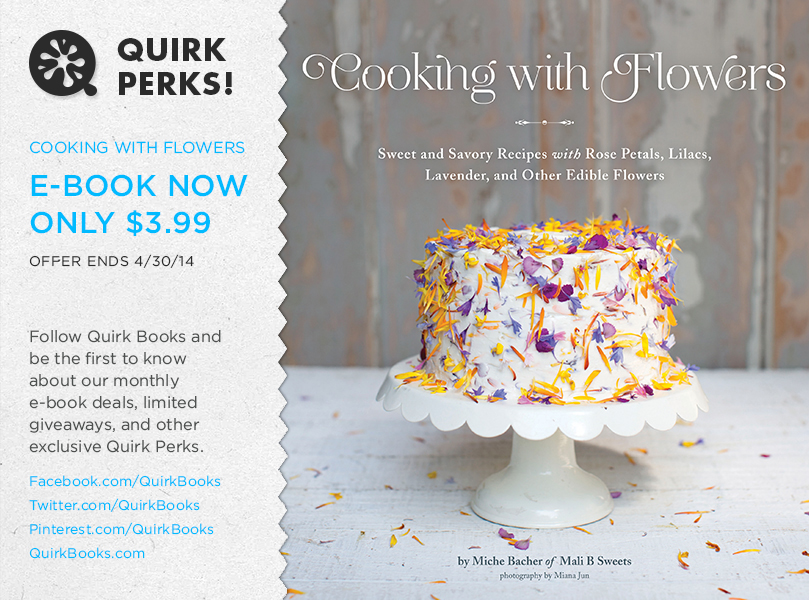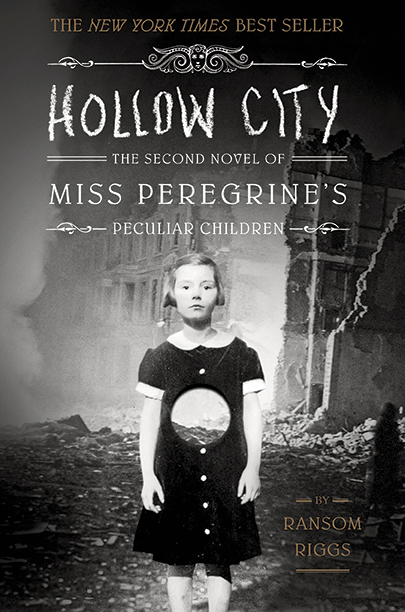Our Blog
Banned Books Week: Twisting Recipes Into Banned Book Baked Goods
I’m fairly certain, in a completely un-scientific way, that if you asked anyone worth asking what the two best things are in the world (bar oxygen and anything that merits an NC-17) they would agree: books and food. As made obvious by the mere existence of banned book week, one way books have been made increasingly compelling over the years is (ironically) when groups of moral decide to ban them.
So now here’s another to make those banned books even better: pair them with cupcakes, or a tart! Following is a carefully curated list of some truly delicious baked goods with literary aspirations.
The Fahrenheit 451: Red Hot Cinnamon Cupcakes (The Domestic Rebel): Maybe not quite hot enough to burn books, but certainly spicier than the typical frosted dessert.
The Great Gatsby: Pink Champagne Cupcakes (Cupcakes by Tattooed Martha, Sabayon by A Food Centric Life): Because if Gatsby and Daisy didn’t teach us about the perils of overindulgence, they certainly showed how fun it can be while it lasts. Plus, you know, champagne is delicious. To get the most out of the flavors, I swapped out the champagne frosting included in the cupcake recipe for a champagne sabayon as a slightly less pink topper.
The Huckleberry Fiin: Huckleberry Cupcakes (Martha Stewart): Huckleberries are a surprisingly underutilized fruit, but with a book like this classic there really isn’t a choice.
The Things Fall Apart: Coffee Cake Crumble Muffins (Table for Two): Fall apart. Crumble. It’s a dreadful pun, sorry. I embellished on these a bit by topping them with a simple fruit sauce (recipe below), using fruits native to Nigeria. The tang also balances out the sweetness of the crumble.
Posted by Maia Brown-Jackson
Recipe: Orange Creamsicle Pies
Excerpted from our Making Dough cookbook by Russell van Kraayenburg.
YIELD: 4 (6-inch) mini pies | PREP TIME: 3 hours | BAKE TIME: None
Ingredients
1½ pounds Orange Cookie Crumb Crust, mixed as on page 66, baked in 4 (6-inch) pie dishes, and completely cooled
2 cups orange peels (from about
6 oranges)
1½ quarts whole milk
1 vanilla bean
3 ounces (¾ cup) cornstarch
12 ounces granulated sugar
1 teaspoon salt
4 eggs
1 tablespoon orange zest
1 quart Vanilla Whipped Cream, cold (page 69)
Directions
1. Place orange peels in a medium pot, cover with cold water, and bring to a boil over high heat. Immediately remove from heat, and drain and discard water. Repeat 3 more times to remove the bitterness from the peels, and then pat peels dry with a paper towel.
2. Place peels and milk in a medium pot. Cut vanilla bean in half lengthwise. Scrape seeds out of the pod with the tip of a paring knife. Add seeds and pod to milk. Heat milk over medium heat until it reaches the scalding point (180°F on a clipped-on thermometer); it will begin to steam and appear slightly foamy. Remove from heat and let steep, covered, for 1 hour.
3. Remove peels and vanilla bean pod. Heat milk over medium heat until it returns to the scalding point. Meanwhile, mix cornstarch, sugar, salt, eggs, and orange zest in a large bowl. Once milk is scalded, temper the egg mixture: slowly pour a third of the milk into egg mixture, stirring constantly. Pour tempered egg mixture back into pot. Bring to a boil over medium heat, stirring frequently, until boiling and thick. Cook for another 30 seconds, stirring constantly. Let cool completely.
4. Fill pie crusts with orange cream. Top with dollops of whipped cream or pipe whipped cream over the tops, and serve.
Piping
For a distinctive look, pipe a different pattern on each pie (as in the photo). Fit four pastry bags with four different large piping tips. Fill bags with whipped cream and twist shut. Grasp the twisted portion between the thumb and pointer finger of your dominant hand, and use your other hand to hold and guide the tip. Place the tip about 1 inch from the top of the pie, perpendicular to the pie. Squeeze quickly with your dominant hand, holding the tip in place with your other hand, to create a little ball of frosting. Stop squeezing and quickly lift the tip. Repeat until pie is covered.
Vanilla Whipped Cream
Whip 2 cups very cold heavy cream with an electric mixer on high speed until it forms soft peaks. Reduce speed to medium-high and slowly add 2 ounces (1/4 cup) granulated sugar. Increase speed to high and whip to stiff peaks. Add 1/2 teaspoon vanilla extract and whip for another few seconds to incorporate. Refrigerate until ready to serve. Yield: 1 quart.
Variations
Banana Brûlée Pie
Omit whipped cream. Top pies with sliced bananas, cut on the bias. Sprinkle 1 ounce granulated sugar over each pie. Heat sugar with the flame of a propane kitchen torch until it caramelizes.
Milk Chocolate Mousse Pie
Replace crust with a Chocolate Cookie Crumbles Crust (page 66). Replace orange cream with Milk Chocolate Mousse (below).
Milk Chocolate Mousse
Whip 1 cup heavy cream and 1/2 teaspoon vanilla extract with an electric mixer on high speed until soft peaks form. Refrigerate. Heat 11/2 ounces honey just to the boiling point (212°F). Meanwhile, whip 2 egg yolks until they are thick and form ribbons. Whisk warm honey into egg yolks. Continue whipping until mixture has cooled and is thick. Melt 6 ounces dark chocolate in a bowl over a large pot of simmering water. Whisk chocolate into egg mixture and whip until blended. Fold in whipped cream. Yield: About 1 quart.
Posted by Russell van Kraayenburg
How-to Tuesday: Literary Monkey Bread Variations
Posted by Suzanne Wallace
How-To Tuesday: Game of Thrones Inspired Treats
Game of Thrones is baaaaaack! Season 4 premiered on Sunday and we’re all atwitter. Winter is coming, guys.
If you’ve read the books, you already know that some crazy stuff is gonna go down this season. Gather your friends (you’ll need emotional support handy in case your favorite character dies), scrounge up some edibles, and make a party of it! Because the only things better than watching GoT is eating while watching GoT.
When it comes to making Game of Thrones-inspired treats, the snack dragon has three heads. Choose your preferred approach to being a Westeros chef.
Posted by Suzanne Wallace
